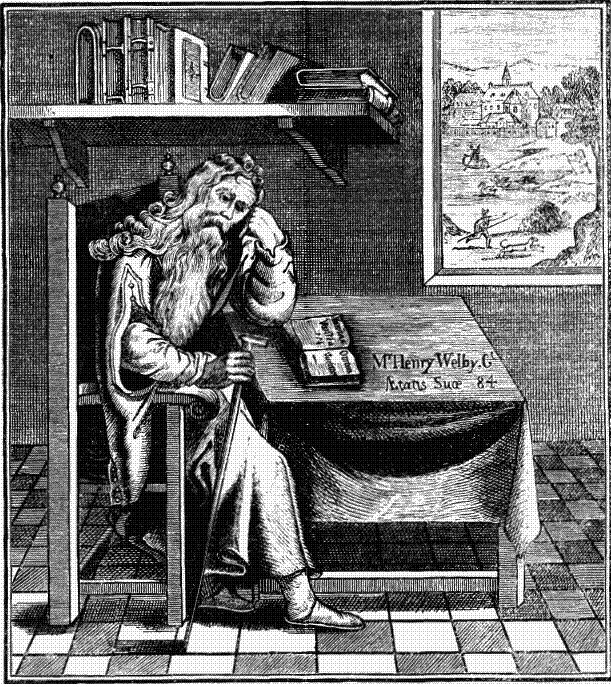Another blog post related to the Barbican I'm afraid, but this time we're taking a look into the now lost Grub Street.
Up until the early 19th century, this was probably a street you wouldn't want to find yourself down unless you knew the area. Today it has disappeared beneath the Barbican complex, but it was lost before the redevelopment in the area. It roughly ran from Fore Street north up to Chiswell Street.

It was close to the area of Moorfields just to the east, which had an equally bad reputation. It's easy to imagine what it would have been like walking down Grub Street during those times, it being very dark and dingy, full of dubious looking people lurking about in the shadows. The overhanging roofs, raw sewage flowing down the centre of the street, dodgy looking alleyways and courts going off it. Or perhaps you would be drawn to the area, with its brothels, coffeehouses and dosshouses...

It became known for dubious authors, aspiring yet failing poets and low-end publishers and booksellers, and Grub Street even became a by-word for a literary hack work (a dull, unoriginal piece of writing").

One of the earliest maps (from the wonderful Layers of London), shows it as "Grube Street" (1520), but it hadn't always been known as that. At the start of the 13th century it was known as Gobstrat, and variations of this continued - Grobbestrate, Grubbestrate, Grubbestrete, Grubbelane, Grubstret and even Crobbestrate at one point. It may well have taken its original name from a refuse ditch that ran alongside it, but the name got embellished along the way.
An early resident is Henry Welby, who was shot by his half-brother in 1592. He luckily survived, and moved to street and lived in almost total seclusion for the rest of his life. He's depicted in an engraving from 1870, with rather fabulous hair.

As well as its links to literature, the area attracted religious folk, and it's thought that John Foxe could have authored his Book of Martyrs in the area. Other figures with connections to here include John Speed, Robert Crowley and John Milton.
But the area was best known for the production of fake news. In 1403 the Guild of Stationers was established, who became the Stationers' Company in 1557 and oversaw the printing of publications. They had the power to seek out and destroy unlicensed works, and in the 17th century, the production of such pamphelts was rife. Political instability, religious dissenters and radical thinkers increased the number of these illegal works and Grub Street was not only a major centre of the production of these, but also an area full of street hawkers willing to risk their lives and distribute them.
We can always count of the artist William Hogarth to bring London to life, and his The Distrest Poet does this just wonderfully for Grub Street.

A writer sits at his desk, presumably in a garret in the area. A copy of The Grub Street Journal is seen by his feet. To me he looks like he's struggling with a bout of writers block - he's ran out of lies to publish. This loss of inspiration isn't anything new for the gentleman though, if his empty cupboard and rather dishevelled home are anything to go by.
Such men became known as hack writers, which was a pretty low insult. They acquired a reputation of writing fake news and bad publications, living in poor conditions and barely making any money, often drunk, and regularly at the pawn shop. They were often very open to bribery, and between 1731 and 1741 Robert Walpole's ministry was reported to have spent about £50,077 (about £6 million today) of Treasury funds on bribes to such newspapers to print specific topics and bits of gossip.
But they knew what they were doing it would seem, and Samuel Johnson described his profession, being a Grub Street writer himself -
"A news-writer is a man without virtue who writes lies at home for his own profit. To these compositions is required neither genius nor knowledge, neither industry nor sprightliness, but contempt of shame and indifference to truth are absolutely necessary."
In 1830 it was renamed Milton Street, and during the Second World War the area was damaged beyond recognition. Today there's not much to see as tall office blocks now line both sides, that is apart from Whitbread Brewery, but that's another time and another blog post..
Heard in London
If you've enjoyed reading any of my blog posts, why not subscribe? You'll find the form on the homepage here.
